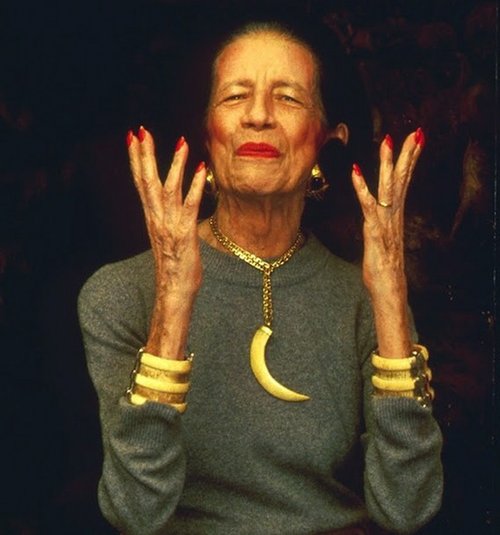Moths to a Flame
“In his blue gardens men and girls came and went like moths among the whisperings and the champagne and the stars.”
F. Scott Fitzgerald, The Great Gatsby
Evoking old world glamour,
decadent garden parties and beautiful creatures shimmering like moths at
dusk, F. Scott Fitzgerald really knew how to pen the style of an era
the whose popularity has never waned. Through the swish of their damask,
the softness
of their velvet and the sparkle of their beaded gowns, the style of the
Jazz Age is deliciously imagined in the description of his characters
in The Great Gatsby. His novels call to mind the fashions of the Art
Deco era - motor cars, the Charleston, the Manhattan,
flappers and the geometric precision of Art Deco design - capturing the
very spirit of the era. In this hedonistic post-war period it felt,
especially in America, as if anything were possible.
If Gatsby’s words were to be illustrated, the Art Deco fashion
illustrations of this epoch would be fitting. More than just a sketch
for clothing, they transport you to the dazzling Jazz Age where
fashionable women take centre stage. These detailed drawings
of the latest fashions are contextualized in gardens and interiors
where the likes of Jay Gatsby himself might be found. The decadent and
flamboyant atmosphere of this time is magically construed by the use of
symbolic elements in the picture landscape. By
including interior objects, tassled lamps, statues, splendid gardens,
intricate bird cages, exotic birds, handsome men to dance with and women
lounging nonchalantly on chaise longues, to name a few, they become
portraits of an age as well as illustrations
for the famous fashion designers such as Poiret.
The colours and composition draw your attention to the central focus –
women’s dress. Turbans, long strings of sparkling beads, fabulous
patterns, and backless couture are intricately drawn within a flat, two
dimensional space. Outlined in black and peppered
with Eastern images, the taste for Asia is present in the imagery as
well implied by the outlines and the two dimensional style reminiscent
of 19th century Japanese woodblock prints.
Two of the most skilled illustrators of the era, Georges Lepape and George Barbier, produced the beautiful creations below.
Let these Parisian artists seduce you into the 1920s and decade preceding with champagne, garden parties and twinkling stars...
“So we beat on, boats against the current, borne back ceaselessly into the past.”
Illustration by Georges Lepape, circa 1910, of a Paul Poiret design
Illustration for Nijinsky’s Scheherazade, by Georges Lepape, 1910
Fashion plate from Journal des Dames et des Modes (1912-1914). No. 46

















































